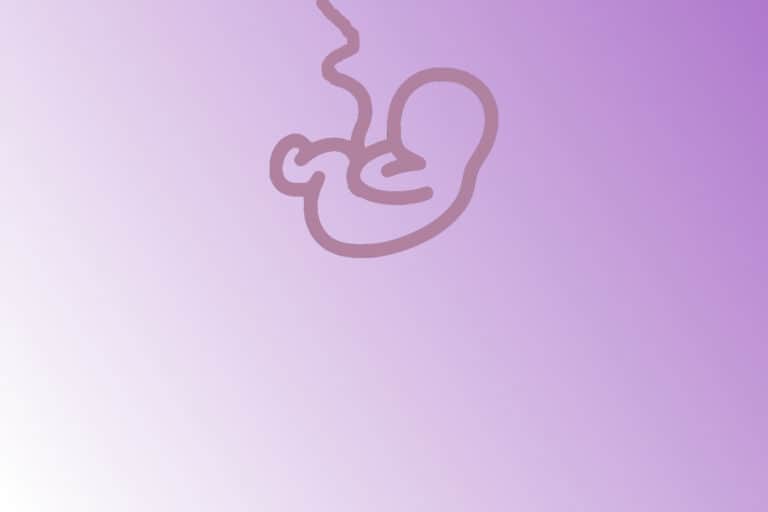Congenital anomalies of nervous system
Congenital anomalies of nervous system can be detected by the prenatal screening (ultrasound – hydrocephalus, anencephalus; biochemistry using alpha-fetoprotein (AFP) – elevated in amniotic fluid and maternal serum in neural tube defects).
Postnatal investigations include proper clinical examination (proper head circumference measurement, neurologic symptoms, septic workup) and imaging (cranial ultrasound, magnetic resonance imaging (MRI) of central nervous system (CNS) and spinal cord).
Patients should always be consulted and followed up by a pediatric neurologist. Treatment is indicated based on the particular diagnosis – no treatment at all (anencephalus) or surgery (spina bifida, hydrocephalus). Below is the list of specific congenital malformations of the brain and spinal cord, with special attention given to hydrocephalus.
Congenital anomalies of nervous system
Anencephalus
- rare due to prenatal ultrasound screening
- the absence of a major portion of the brain (telencephalon – hemispheres and neocortex), skull and scalp
- rostral neural tube defect (failure of the neural tube to close at the end of 1st month of pregnancy)
- incompatible with the infant’s survival (newborns die within several hours or days after birth – brainstem makes spontaneous breathing possible) => contraindication for postnatal resuscitation
Encephalocele
- rostral neural tube defect (failure of the neural tube to close completely during fetal development)
- sac-like herniation of the brain and meninges, adverse neurodevelopment
Spina bifida
- incomplete closing of the spine and meninges (with their possible herniation based on the type of spina bifida), usually located in the sacral (or thoracolumbar) region
- caudal neural tube defect – 3 basic types
- spina bifida occulta = no or mild signs (hair, dimple, dark spot, swelling on the back)
- meningocele = mild signs (cerebrospinal fluid leak)
- myelomeningocele = most severe form (peripheral paresis of lower extremities – problematic walking, incontinence of urine and stool, tethered spinal cord)
- therapy: sterile cover of protruded sac; surgery (can be complicated by post-operative hydrocephalus requiring additional surgical intervention – see below)
Holoprosencephaly
- prosencephalon (the forebrain) fails to divide into two hemispheres, associated with midline defects (common ventricle, corpus callosum agenesis, facial abnormalities
- spectrum of defects of the brain and face (possible seizures and adverse neurodevelopment – esp. cognitive abilities)
- lobar = least severe form (brain may be nearly normal)
- semilobar = intermediate form
- alobar = most serious form (cyclocephaly, synophthalmia), severe facial dysmorphia (eyes merged to one – cyclopia; nasal protrusion instead of the nose – proboscis)
Microcephaly
- head circumference < 3rd percentile in the corresponding percentile growth charts for the specific patient (gestational and postnatal age, sex) caused by a number of insults
- numeric chromosomal abnormalities (e.g. trisomies 13, 18, 21)
- genetic syndromes (e.g. Prader-Willi, Smith-Lemli-Opitz)
- congenital infection (e.g. TORCH)
- intrauterine hypoxia (ischemia)
- teratogens (alcohol – fetal alcohol syndrome, radiation, phenytoin)
- other causes (maternal hyperphenylalaninemia, craniosynostosis)
- other congenital CNS anomalies (e.g. lissencephaly)
- craniosynostosis = premature fusion and ossification of one or more of the sutures (requires reconstructive neurosurgery)
→ associated with genetic syndromes (Crouzon, Apert)
→ scaphocephaly (sagittal suture)
→ trigonocephaly (metopic suture)
→ plagiocephaly (coronal suture)
→ oxycephaly = turricephaly (coronal and other sutures)
Hydrocephalus
Imbalance between the production and resorption of the cerebrospinal fluid (CSF), usually due to the obstruction of the fluid outflow. Increased CSF volume causes progressive dilatation of the ventricular (lateral ventricles, third and fourth ventricle) and subarachnoid space with increasing intracranial pressure that damages the cerebral tissue.
- Communicating hydrocephalus = obstruction in the subarachnoid space or cisterns
- Non-communicating hydrocephalus = obstruction in the ventricular system
- Congenital hydrocephalus
→ Sylvian aqueduct stenosis
→ Dandy-Walker syndrome (oversize 4th ventricle compressing on the cerebellum)
→ Arnold-Chiari malformation (dislocation of medulla oblongata, pons and cerebellar vermis caudally through the foramen magnum; associated myelomeningocele) - Acquired hydrocephalus
→ post-hemorrhagic (intraventricular hemorrhage in preterm infants)
→ post-meningitis (most common pathogens – E. coli, GBS)
→ post-encephalitis (Toxoplasma)
Clinical Assessment
- increasing intracranial pressure => macrocephaly (head circumference growth > 2 cm/week) and bulging anterior fontanelle
- neurologic signs => lethargy, irritability, seizures
- vegetative signs => apnea, bradycardia, vomiting
Laboratory findings
- CSF analysis (cytology, biochemistry, culture)
- virology (e.g. TORCH)
- coagulation workup (thrombotic complications)
Imaging
- serial cranial ultrasound
- MRI of the CNS
Therapy
- excessive CSF derivation
→ temporary (lumbar punctures – 10-20 ml/kg)→ temporary (Ommaya (subcutaneous) reservoir with)
→ permanent (ventriculoperitoneal shunt – VPS)
References
① Ellenbogen JR, Waqar M, Pettorini B. Management of post-haemorrhagic hydrocephalus in premature infants. J Clin Neurosci. 2016;31:30-34. doi:10.1016/j.jocn.2016.02.026



